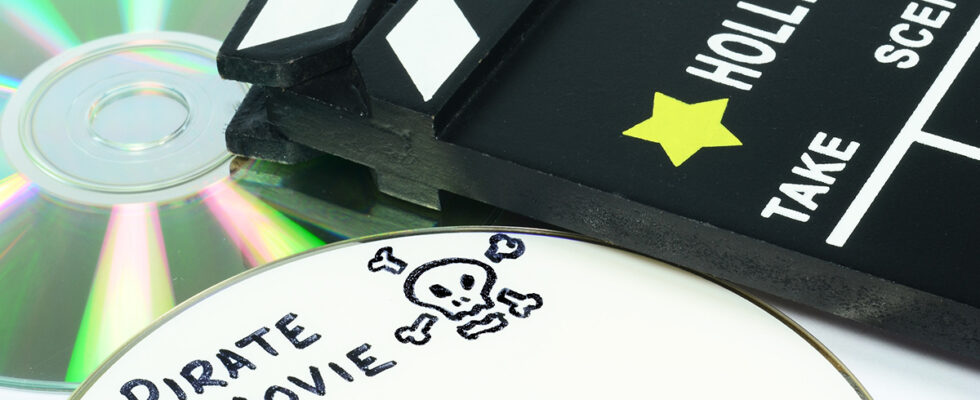The British film protection agency claims that 90% of pirated works were recorded in a cinema. A statistic that has not changed for almost 20 years and which seems surprising given cinema consumption habits and current technologies for the broadcast and distribution of feature films.

For several decades, piracy has been a worrying subject for all cultural and entertainment industries: films, series, shows, music, video games, literature, comics, sport, etc. We regularly discuss the closures of specialized sites in our columns, carried out by the police and rights holders. The goal is, obviously, to punish pirates who illegally distribute this content, but also to make the lives of users of its sites more difficult.
Read also – Everything Everywhere All at Once becomes the most pirated film of the moment after the Oscars
Today, if you want to watch a film or series illegally, you still have several solutions, but streaming remains the simplest. Simply connect to the stream server and start playing. According to a study by the British research firm Muso published in 2023, illegal streaming sites have generated 215 billion visits worldwide in 2022, up 8.8%. Especially since the technical quality of the content offered is good and varied: from 720p to 4K, in French or multilingual version, etc. Gone are the days of poor quality screeners.
9 out of 10 pirated films are screeners?
So imagine our surprise when reading the latest press release from the FCPA (Film Content Protection Agency), the British agency responsible for the protection of cinematographic works. In this document published during an event organized for cinema managers in the United Kingdom, the agency claims that 90% of pirated films come from a wild capture made in a cinema. 9 out of 10 films downloaded illegally are therefore… screeners. This seems very surprising. For two reasons.
Firstly because many films are now released exclusively on streaming platforms (Netflix, Prime Video, Apple TV+, Disney+, Paramount+, etc.). How could they have been captured in theaters? The Torrent Freak site claims that screeners currently concern less than one in ten films. Then, this statistic seems surprising because it is identical to that which various organizations have used for years to alert and denounce cinema pirates. The MPAA, the American Motion Picture Association, used the same statistic in 2004while video streaming did not exist (YouTube appeared in 2005).
And obviously, since then, technologies have evolved: optical fiber and streaming have led us to change our consumption habits. However, if film protection agencies still use obsolete arguments, should we consider that the methods of combating piracy are also dated? The question is asked.
Source: Film Distributors’ Association
